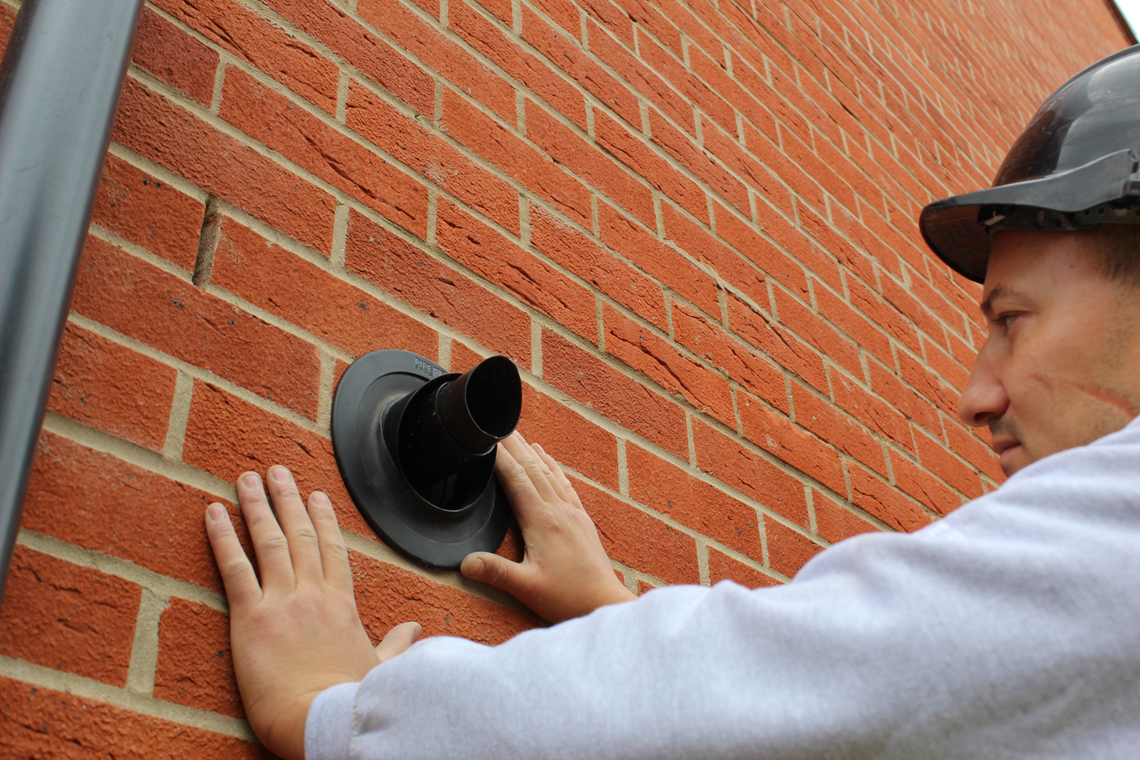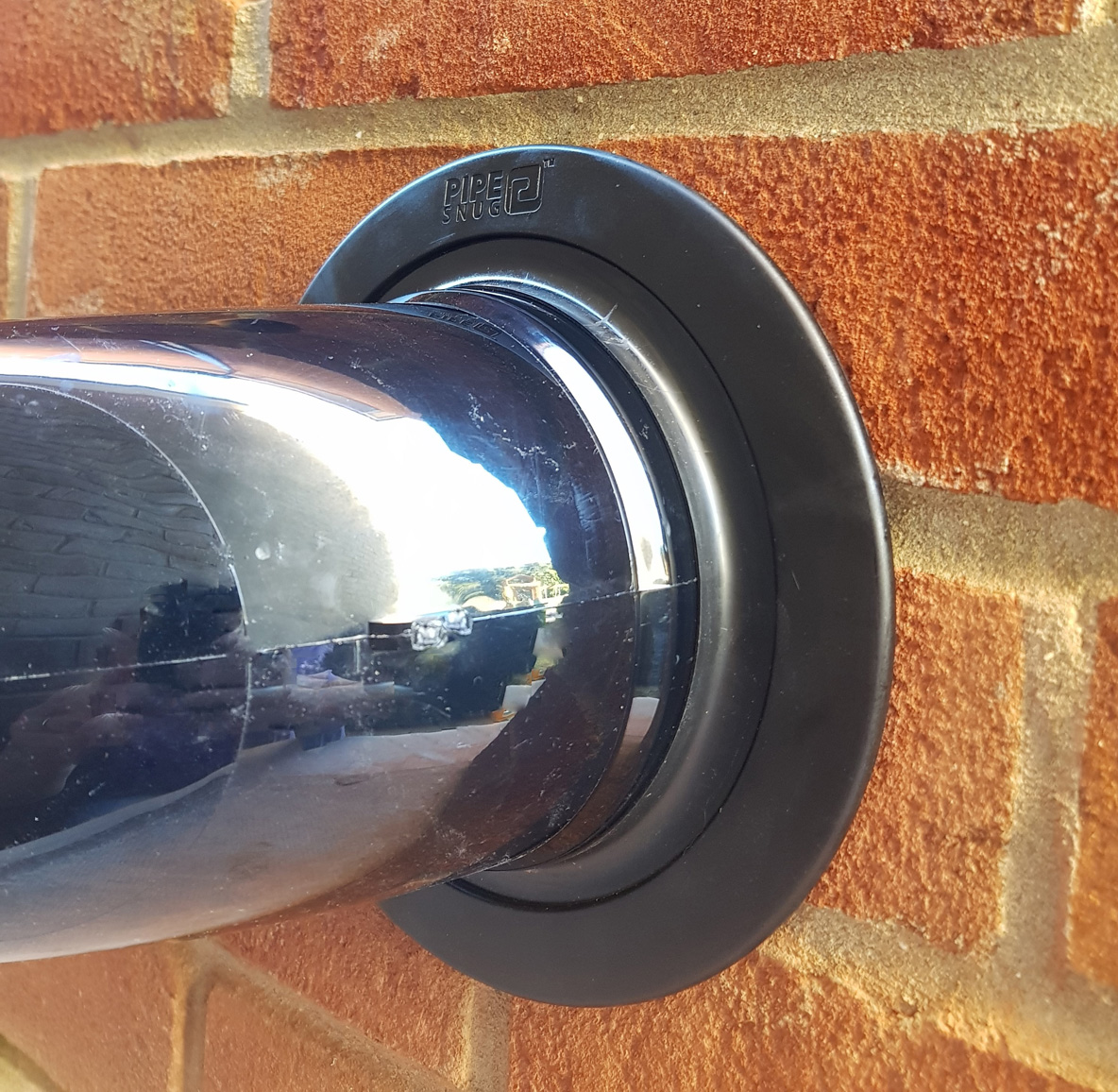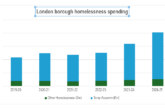Dean Heathfield, Commercial Director of Talon, explains how sealing around pipes and boiler flues properly can improve the energy efficiency of your housing stock and buildings portfolio.
With budgets tight, saving time, money and effort without compromising quality must be the top priority for local authority building and maintenance managers. Even seemingly small details, such as sealing around pipework, warrant simple and swift solutions that align with the recent changes to Part L of the Building Regulations.
The changes to Part L of the Building Regulations, focusing on energy efficiency and airtightness in buildings, set out specific requirements for energy efficiency and aims to reduce carbon emissions from buildings. The regulations cover various aspects of building design and construction and installers now need to provide photographic evidence of compliance with the new standards to Local Authority Building Control officers.
Pipe seals
A significant change in Part L involves the need to use pipe seals and grommets for pipe penetrations. This shift eliminates the use of messy or porous mixtures and chemicals for sealing, ensuring warm air stays within homes and cold air remains outside. Proper installation and insulation of these seals are crucial for maintaining energy efficiency and compliance with the updated regulations. Even those working on existing brickwork or building fabric, such as in older buildings, must adhere to the new Part L requirements when installing pipework or other services.
Additionally, when installing new boilers or fitting new pipework it is vital to consider the Future Homes Standard. This update to the Building Regulations aims to significantly reduce carbon emissions from new homes. A key focus is on airtightness to prevent heat loss and ensure optimal building performance. Properly installed grommets and seals around pipe penetrations through walls, floors and ceilings are essential to maintain a building envelope’s airtightness.

All-in-one solutions
PipeSnug and FlueSnug are the only all-in-one solutions that meet the sealing requirements outlined in the new Part L. These products can be easily installed within seconds by any plumber or contractor, sealing the holes where pipes exit walls both internally and externally without the need for sealants, mortar, or costly air sealing tape. They save time and money while creating an airtight seal at pipe entry and exit points, preventing heat loss, drafts, damp and pest infiltration, and provide a clean and neat finish.
These products also cover any damaged brickwork caused during installation, offering protection to the building’s fabric against weather damage and the pipes themselves from sharp brick edges. Importantly, they ensure the retention of warmth, reduce energy costs for tenants, and help to reduce CO2 emissions from housing stock. It is easy to supply photographic evidence of compliance with the new standards to Local Authority Building Control officers — PipeSnug and FlueSnug are recognisable products because they don’t require additional tape or sealant, and so verification is simplified.
FlueSnug is designed for all 100mm boiler flues and fits a 152mm core-drilled hole. The 110mm version can be installed at height without the need for ladders or scaffolding because they are flexible enough to be pushed through the core drilled hole from inside, and yet rigid enough to snap back neatly into place once they have done so. They are UV resistant, and are manufactured to be resilient to sun damage, unlike mortar or silicone. The product is endorsed by major boiler manufacturers including Ideal Heating, Worcester Bosch and ATAG Heating Technology UK.
 Energy efficiency
Energy efficiency
As Building Regulations continue to evolve towards greater energy efficiency and carbon reduction, local authority building maintenance managers must prioritise cost-effective solutions that uphold quality standards. Part L’s recent changes emphasise the importance of proper sealing around pipework to ensure airtightness and minimise heat loss. Products like PipeSnug and FlueSnug offer an efficient and compliant all-in-one solution, eliminating the need for messy and time-consuming traditional methods.
By embracing innovative technology, the construction industry can contribute significantly to meeting future standards, creating sustainable homes that conserve energy, reduce emissions and ultimately pave the way for a greener future.
For more information on Talon and its wide range of pipe clips and plumbing accessories, visit www.talon.co.uk
Header image: Internal finish with FlueSnug fitted to a boiler










